What to see in Spanish cities
Caceres
The building of the Old City of Cáceres is a synthesis of Romanesque, Islamic architecture, Northern Gothic and Italian Renaissance. The area of monuments (Barrio Monumental), filled mainly with medieval palaces, manors and churches, is surrounded by a high fortress wall. Near it are several dozen towers of the Muslim period. The most famous of them is Torre del Bujaco. Historical churches represent San Mateo of the 16th century and Santa Maria of the 15th century. Among the majestic palaces, the Palacio de los Golfinos de Abajo, or the home of the Catholic kings of the 15th century, stands out.
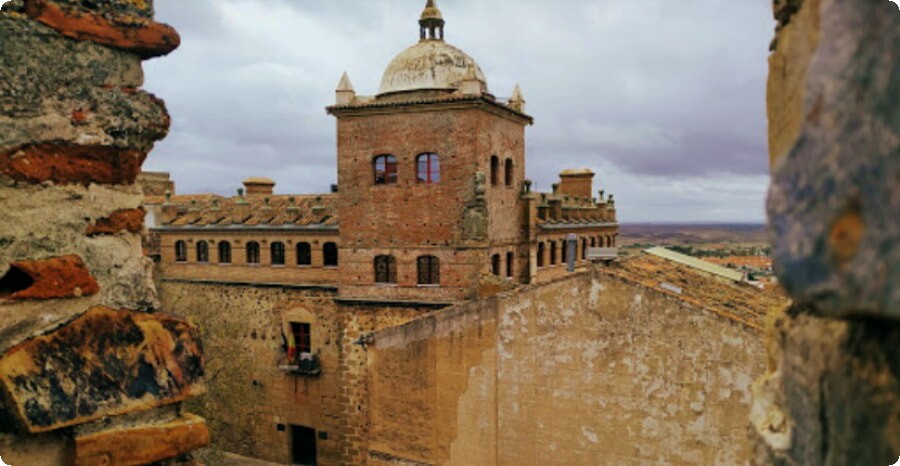
The unique character of the medieval center of Granada is created by three objects: the fortified palace of the Alhambra, the gardens of the Generalife and the residential area of Albaicin. The Alhambra, or in Arabic the "Red Tower" (owing its name to the color of the walls), grew up on the hill of La Sabica in the 13th century during the Nasrid dynasty.
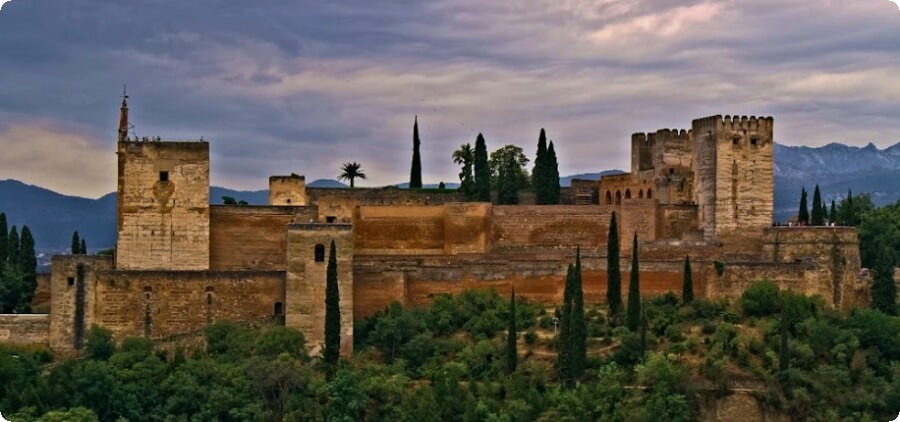
This unique palace ensemble consists of several objects: a mashwara (a kind of courtroom), a representative part, a harem and private apartments. Magnificent decorative elements are arcaded rows of columns, stalactite vaults, wall paintings and tiled walls. Adjacent to the palace are the Generalife Gardens, one of the oldest surviving Moorish gardens. On one of the mountain ranges opposite the Alhambra, the oldest district of Granada, Albaicin, is located, where buildings representing Moorish folk architecture have been preserved. The area still uses the Arab irrigation system.

Avila
In the XI century in the center of Spain was founded Avila - city, which was supposed to protect the country from the invasions of the Moors. It was here that Saint Teresa lived and worked. Avila, called the city of saints, has preserved the original medieval building, consisting of: ramparts, 82 semicircular towers and 9 monumental gates. The perfect Gothic form is visible in numerous sacred buildings: churches and cathedrals. The ruins of a Moorish castle have also been preserved in the city.
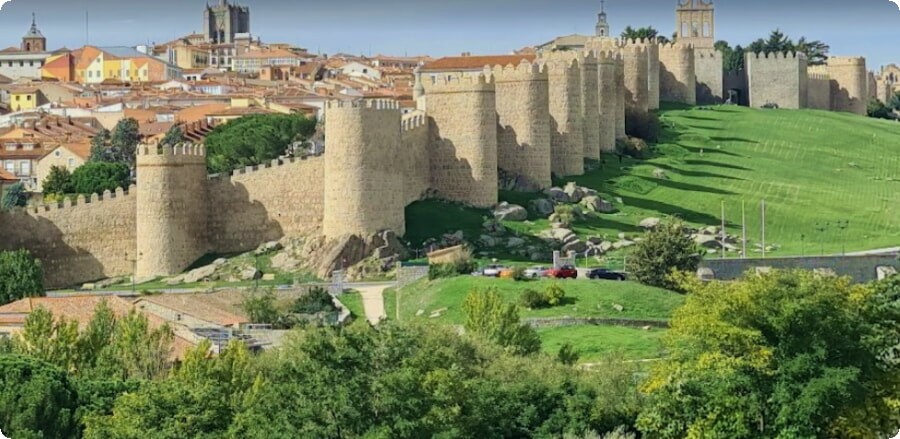
Cordova
The great flourishing of the city of Cordoba began in the VIII century under the ruler of the dynasty of Arab caliphs. At that time, about 300 mosques were built, as well as numerous public buildings and palace buildings. The most famous monument of this period is the Mesquita (Great Mosque) - the building has been rebuilt several times and now serves as the cathedral of the Roman Catholic Church.
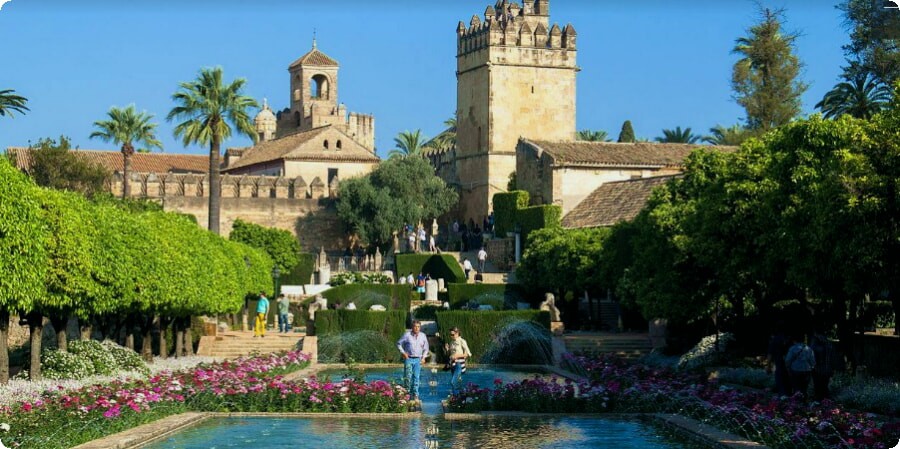
An important monument is also the Puente Romano Bridge, built in the time of Augustus. In the city, you can admire the churches of the 16th-17th centuries and the oldest of them, Santa Marina of the 13th century, as well as numerous palaces of the 15th and 16th centuries. After several years of interruption, a synagogue built in the 14th century was reopened in Cordoba. a few kilometers northwest of the city is the extremely interesting palace complex Medina Azahara of the 10th century.
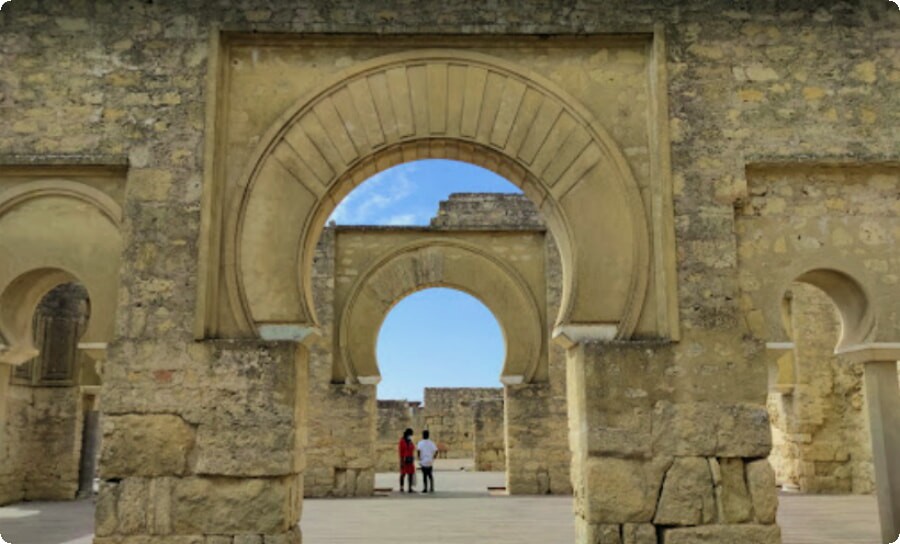
Lugo
In the north-west of Spain, in Lugo, Roman walls built at the end of the 2nd century have been preserved. It is the only city in the world surrounded by Roman walls that have been preserved in their original form. Their length is 2117 meters, and the height is from 10 to 15 meters. The walls have 71 towers and 10 gates.
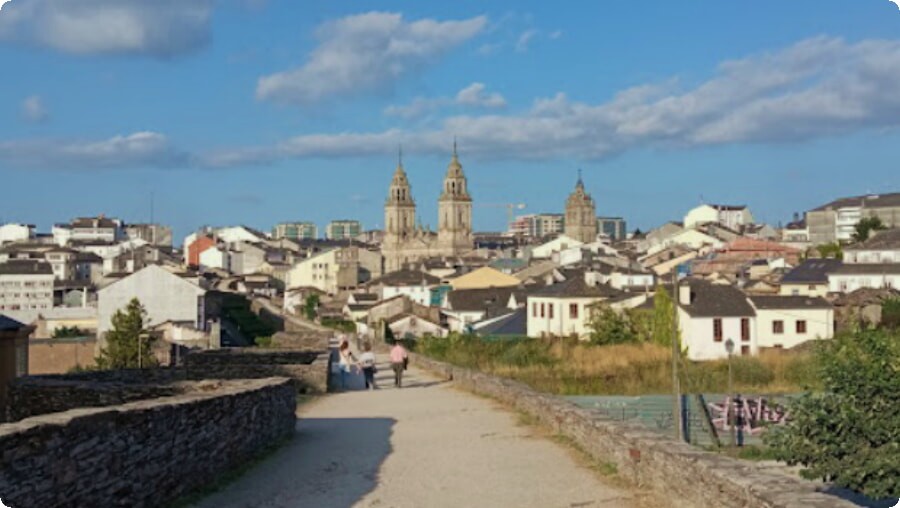
The second valuable monument not to be missed in Lugo is the Romanesque cathedral of the 12th century, with a Gothic bell tower, a Baroque cloister and sacristy, and a Renaissance chapel of St. Florian. The temple houses a statue of the Madonna with Big Eyes (Nuestra Seora de los Ojos Grandes).
The monumental Gothic cathedral of Santa Maria de la Sede stood on the foundations of the mosque. The builders preserved the rectangular layout of the building and the minaret, which they turned into a bell tower. The temple, built over 100 years, was consecrated in 1519. The main altar of Seville Cathedral, an impressive work by Peter Dancart, is one of the largest in the country. The temple houses the tomb of Christopher Columbus and the relics of Ferdinand III, the Conqueror of Seville. The Alcazar Royal Palace (11th century), one of the greatest palace structures in Europe, became famous during the Age of Discovery as the place where sea expeditions were decided. An extremely interesting monument of Seville is also the main archive of India, located in the building of the trading exchange of the end of the 16th century. The archive was created in 1785 on the initiative of Charles III. His task was to collect information concerning the Spanish colonies. It stores documents, the number of which exceeds 43 thousand documents.
Barcelona
The city's extremely valuable monuments and numerous tourist attractions make Barcelona one of the most important European tourist destinations. A city founded by the Phoenicians in the 3rd century BC. e. as a Roman colony, became an important merchant Republic. Barcelona is best known for its outstanding architecture. Gaudi's works have become a symbol of the city and even the country. The famous Sagrada Familia, the magnificence of which cannot be overestimated, the Palacio Gell - also the work of Gaudi, the monuments of the Barri Gothic quarter, the chapel of St. Peter of the XIV century.
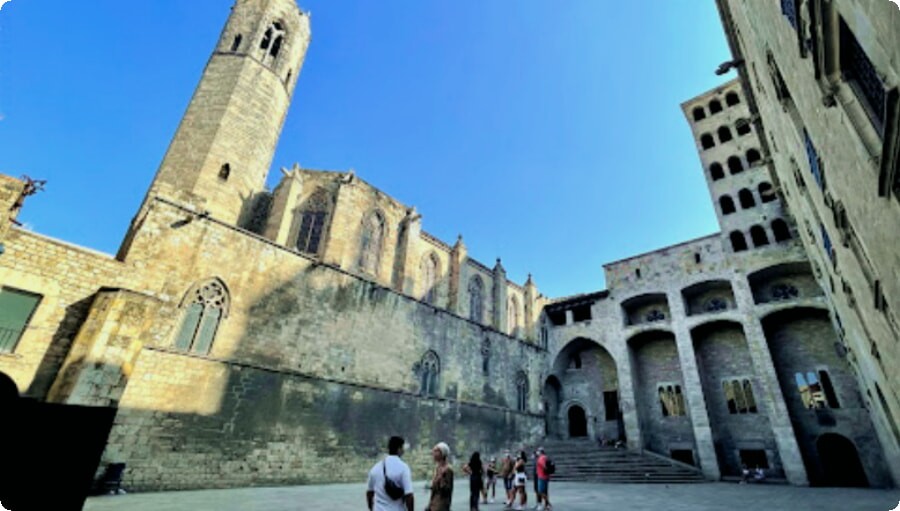
Agates, Palace of Catalan Music early 20th century, are among the valuable monuments. Barcelona has some of the most magnificent museums such as the Picasso Museum, the Museum of Modern Art or the Museum of Catalan Art, as well as the Maritime Museum with Europe's largest aquarium.

The city is best explored by walking, of course, every tourist will find in it many unique, charming corners. One of the most famous streets is the busy pedestrian La Rambla with the famous 15th century La Boqueria market hall.
